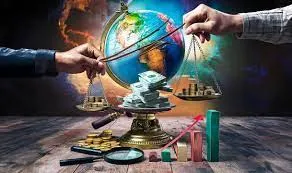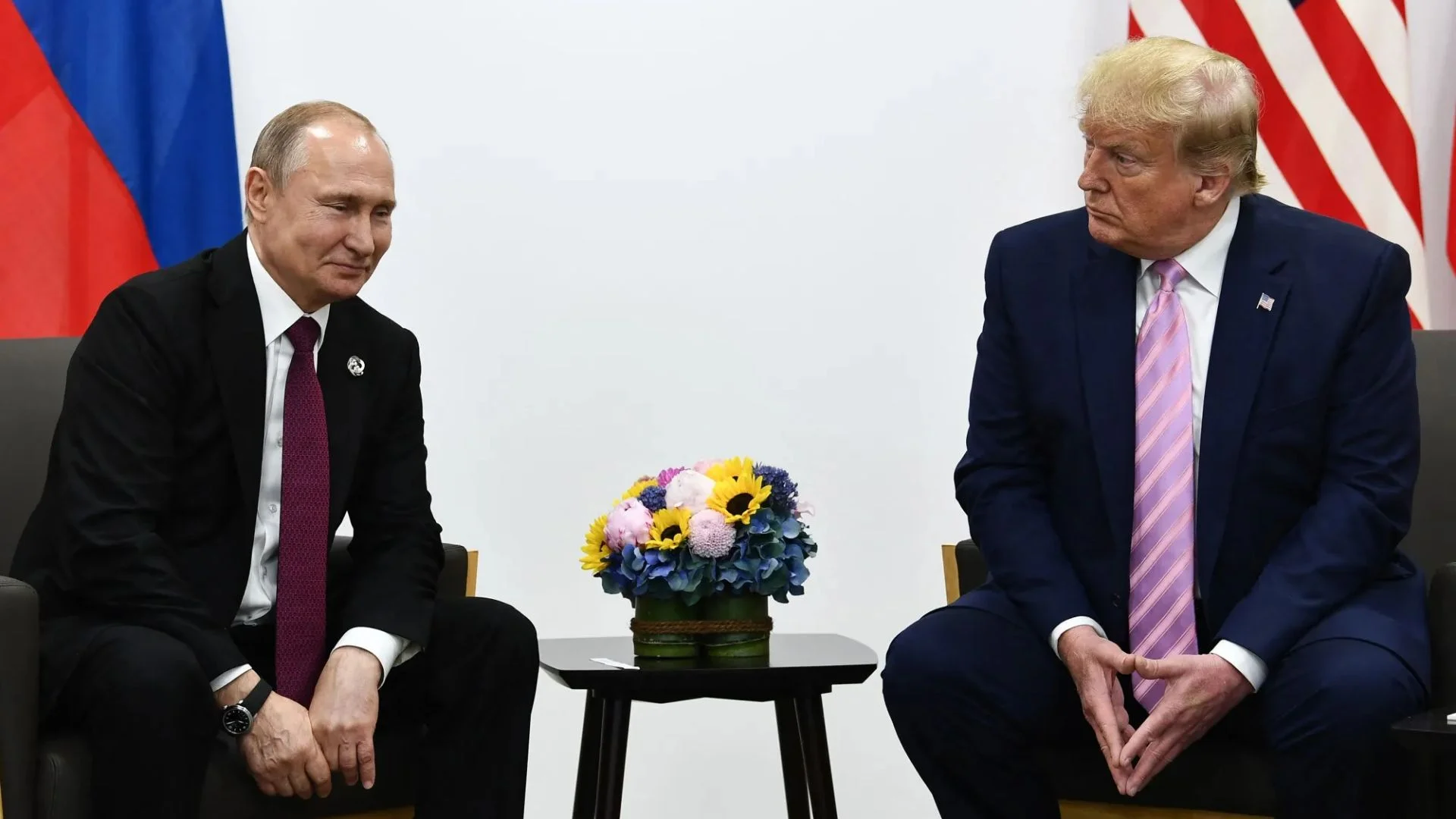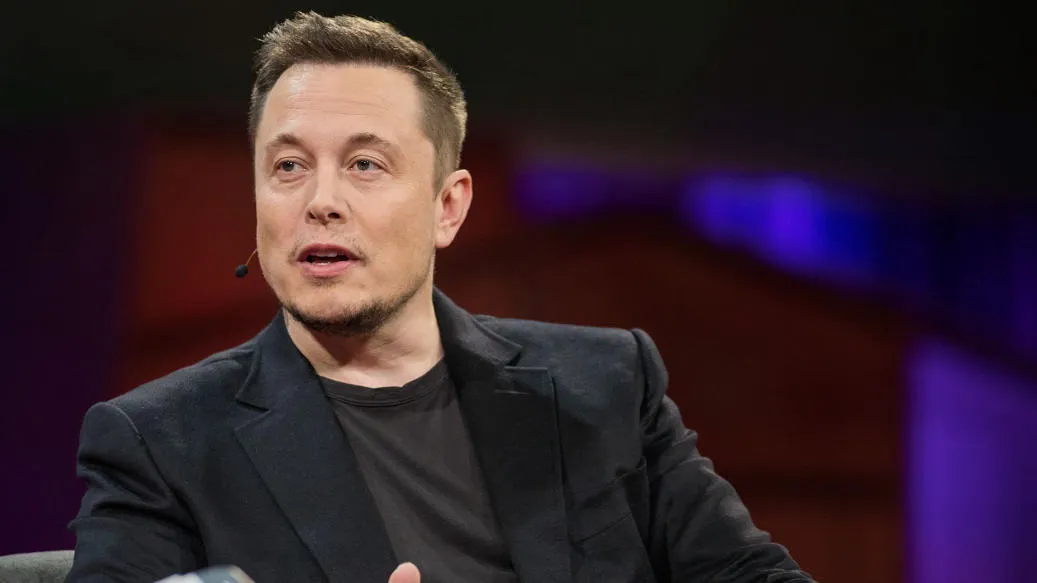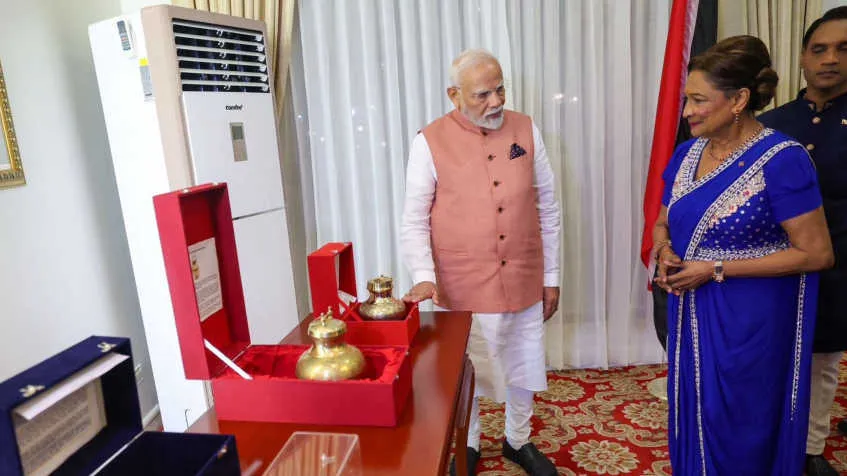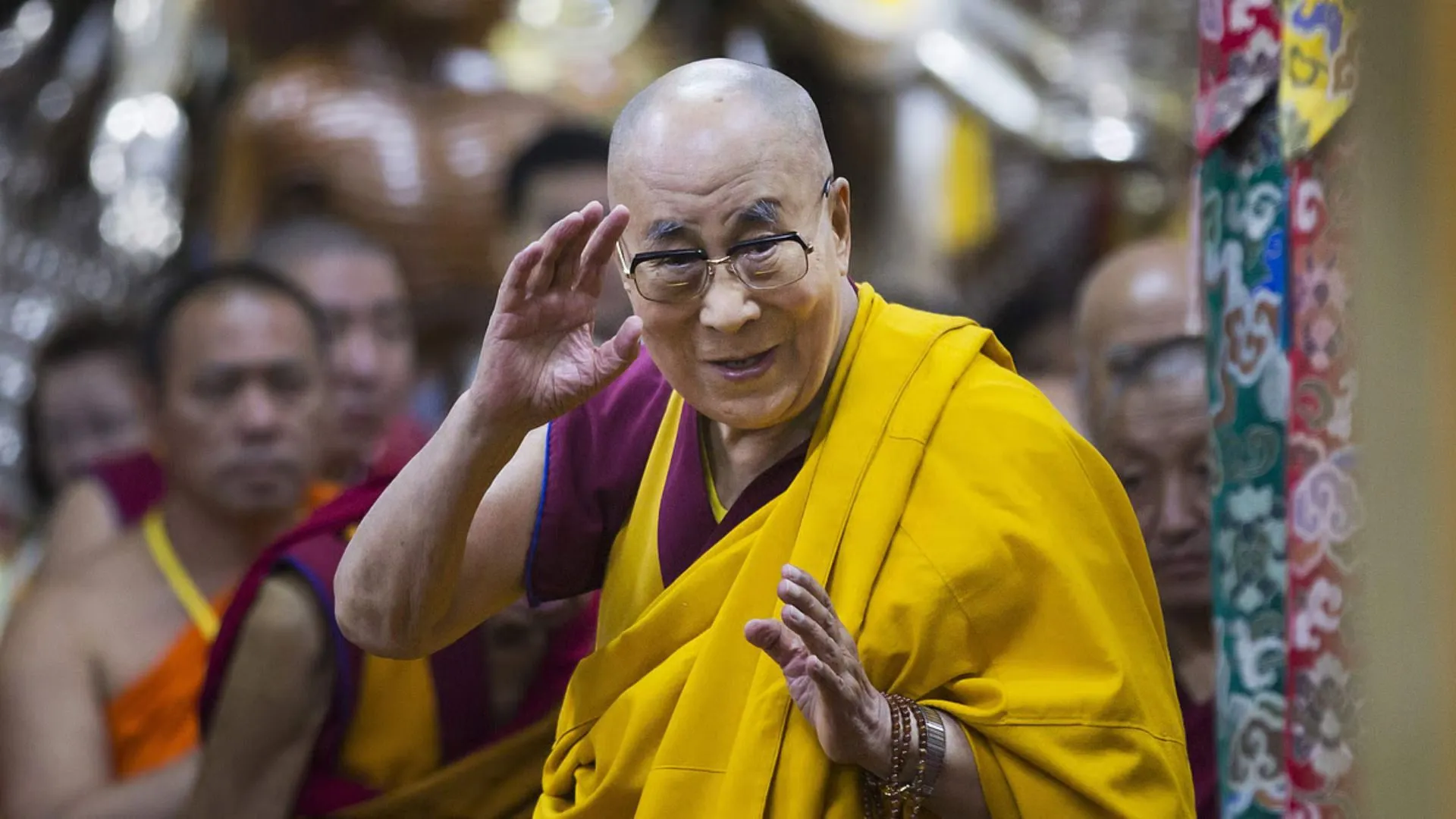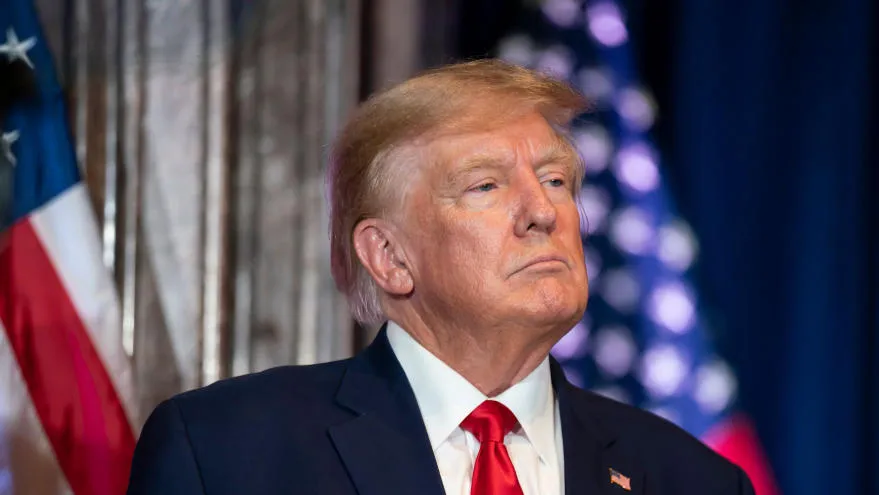Can India Define a New Global Order?
External Affairs Minister Dr. S. Jaishankar recently made a powerful statement:
This challenges the conventional idea that globalization means Westernization. Instead, Jaishankar argues that a country can thrive globally only if it first strengthens its local industries, culture, and self-reliance. This philosophy is at the heart of India’s evolving global strategy.
With initiatives like Atmanirbhar Bharat (Self-Reliant India), Make in India, and Digital India, India is showcasing how strengthening local capabilities can turn it into a global powerhouse. But how exactly does India’s local focus translate into global influence? Let’s break it down.
1. ‘Make in India’ – From Local Factories to Global Markets
India is aggressively pushing for self-reliance in manufacturing with policies like Production-Linked Incentives (PLI) and strategic investments in key industries. Here’s why this is a game-changer:
- India is now the second-largest mobile phone manufacturer in the world.
- iPhone production in India grew by over 50% in 2023, reducing dependence on China.
- India aims to become a semiconductor hub, with a $10 billion investment push.
- The automobile sector, led by Tata and Mahindra, is making inroads into global markets.
➡ Impact: By making India a global manufacturing hub, these initiatives strengthen exports and reduce import dependence, directly impacting global trade.
2. UPI, AI, and Digital India – The Tech Powerhouse on the Rise
India’s digital revolution is setting new global benchmarks:
- UPI (Unified Payments Interface) – Now being adopted in France, UAE, Sri Lanka, and Singapore as a model for instant payments.
- India’s IT sector contributes 8% to the GDP, with companies like TCS, Infosys, and Wipro leading digital transformation worldwide.
- India is investing heavily in AI, aiming to be a $500 billion digital economy by 2025.
➡ Impact: By exporting fintech, AI, and digital governance models, India is shaping the future of global tech.
3. Renewable Energy – Can India Lead the Green Transition?
With climate change becoming a pressing issue, India is stepping up:
- 3rd largest producer of renewable energy worldwide
- International Solar Alliance (ISA) – Led by India, bringing together 123 nations
- Adani & Tata investing billions in solar, wind, and green hydrogen projects
➡ Impact: India’s push for renewable energy strengthens global sustainability efforts and reduces reliance on fossil fuels.
4. Agriculture & Food Security – Feeding the World
India is one of the largest exporters of rice, wheat, and spices. But beyond food exports, India is influencing global food policies:
- India led the UN’s ‘International Year of Millets’ initiative in 2023.
- Rice exports hit $10 billion in 2023, feeding millions in Africa and the Middle East.
- Organic farming and sustainable agriculture models from India are gaining global traction.
➡ Impact: By strengthening local farmers and agritech, India is becoming a key player in global food security.
5. Soft Power: Bollywood, Yoga, and Ayurveda Taking Over the World
India’s influence isn’t just economic—it’s cultural:
- Bollywood films now generate over $2 billion globally, gaining popularity in China, the Middle East, and Africa.
- International Yoga Day (June 21) is now celebrated in over 190 countries.
- Ayurveda and Indian wellness products are creating a $10 billion global market.
➡ Impact: India’s cultural heritage enhances its global identity and influence.
6. Diplomacy & Global Leadership – A Stronger India on the World Stage
India is taking charge in international forums:
- G20 Presidency (2023): India championed issues like digital economy and climate action.
- BRICS Expansion (2023): India played a key role in expanding the bloc for greater influence.
- Strategic ties with the US, Russia, and the Global South position India as a global mediator.
➡ Impact: By engaging in global leadership while prioritizing local interests, India is shaping international policies.
Final Thoughts: Why This Approach Matters
Jaishankar’s philosophy is clear: India should engage with the world on its own terms, without compromising its identity. By strengthening its local industries, digital ecosystem, culture, and self-sufficiency, India is:
- Creating more jobs and economic opportunities
- Becoming a manufacturing and tech powerhouse
- Shaping global sustainability and digital trends
- Leading in diplomacy and global governance
India is not just participating in globalization—it is actively shaping it. And as the world looks for alternatives to China, India’s self-reliance strategy may just be the blueprint for the future of globalization.
What Do You Think?
Can India’s ‘local to global’ strategy redefine globalization? Share your thoughts in the comments!

